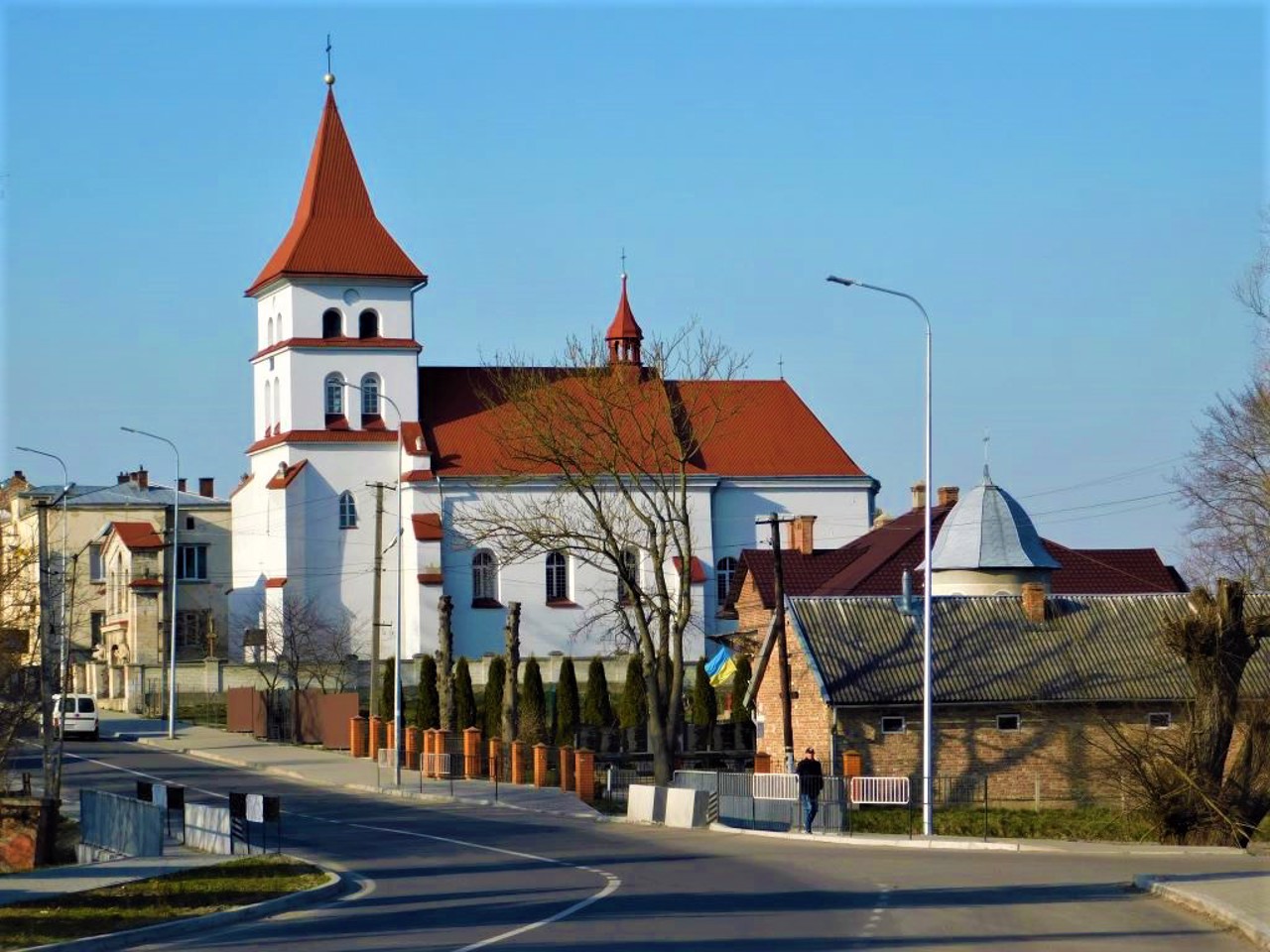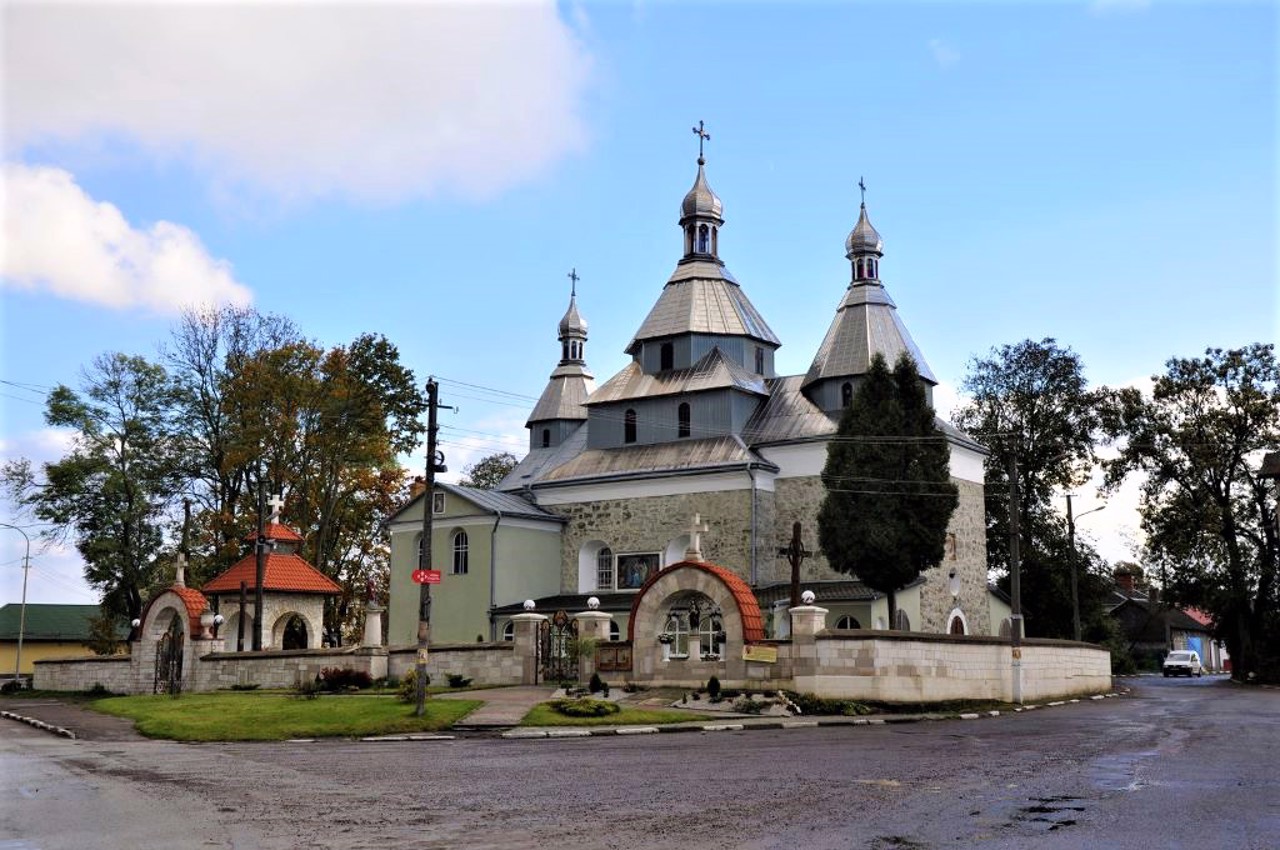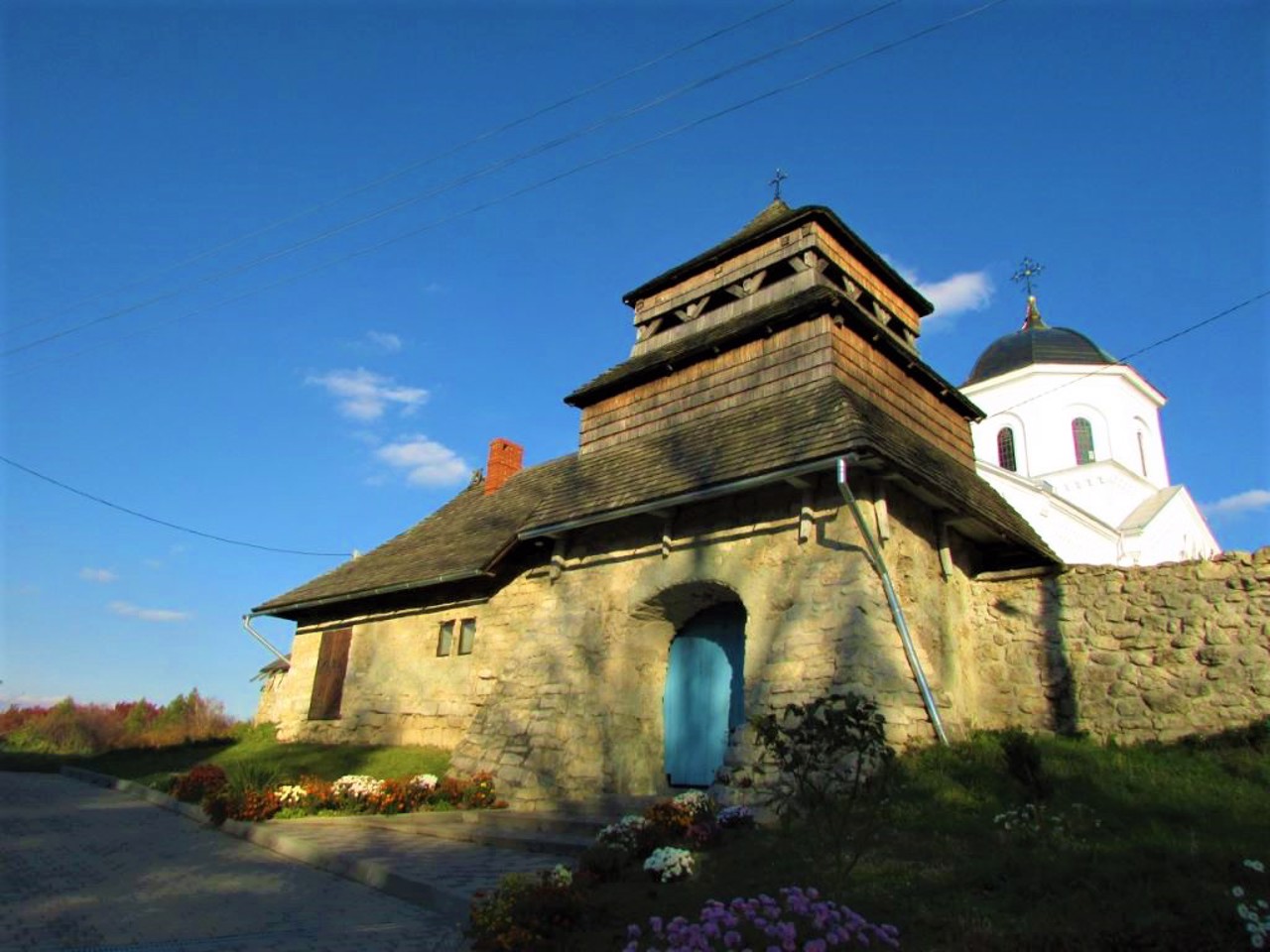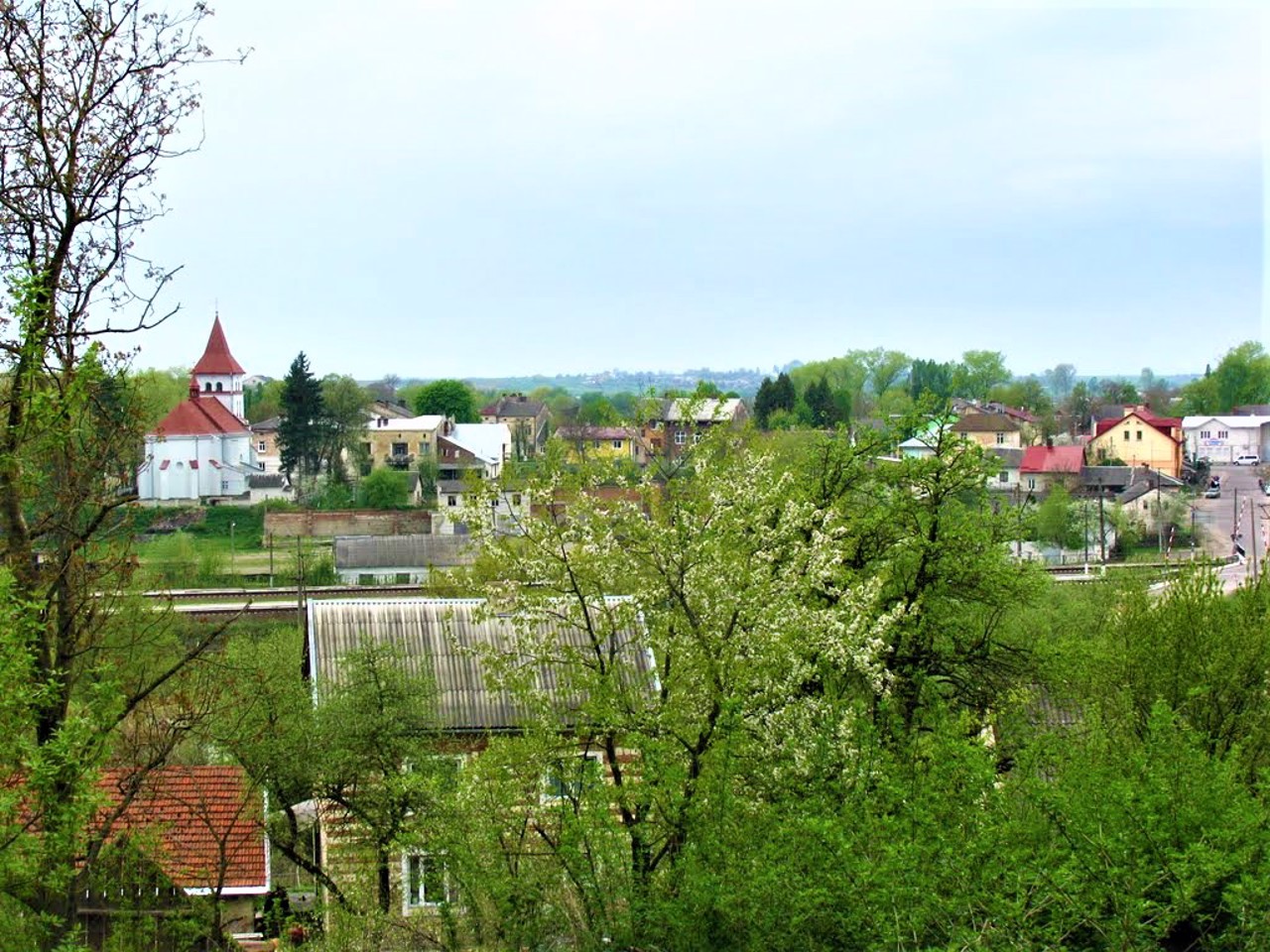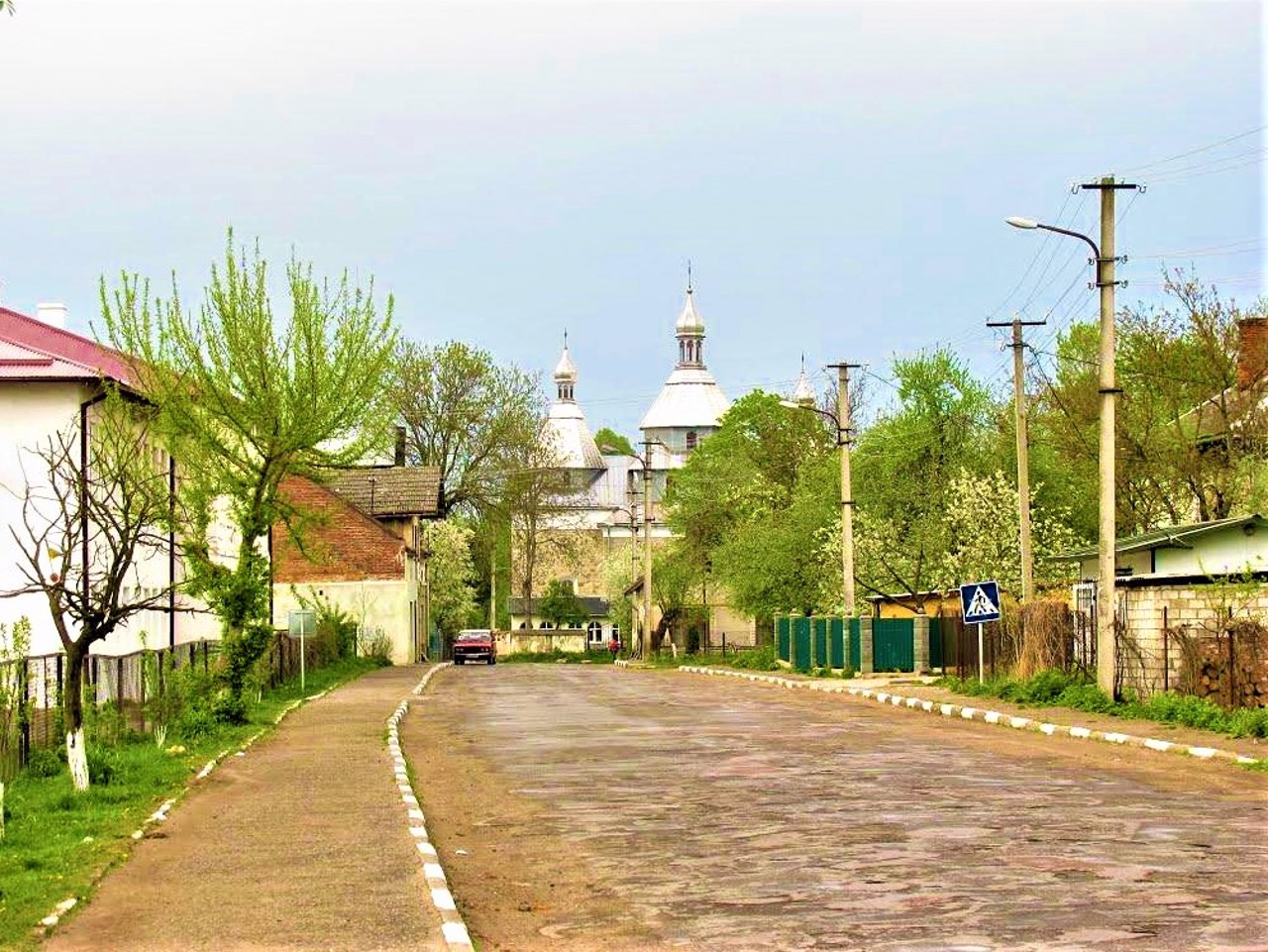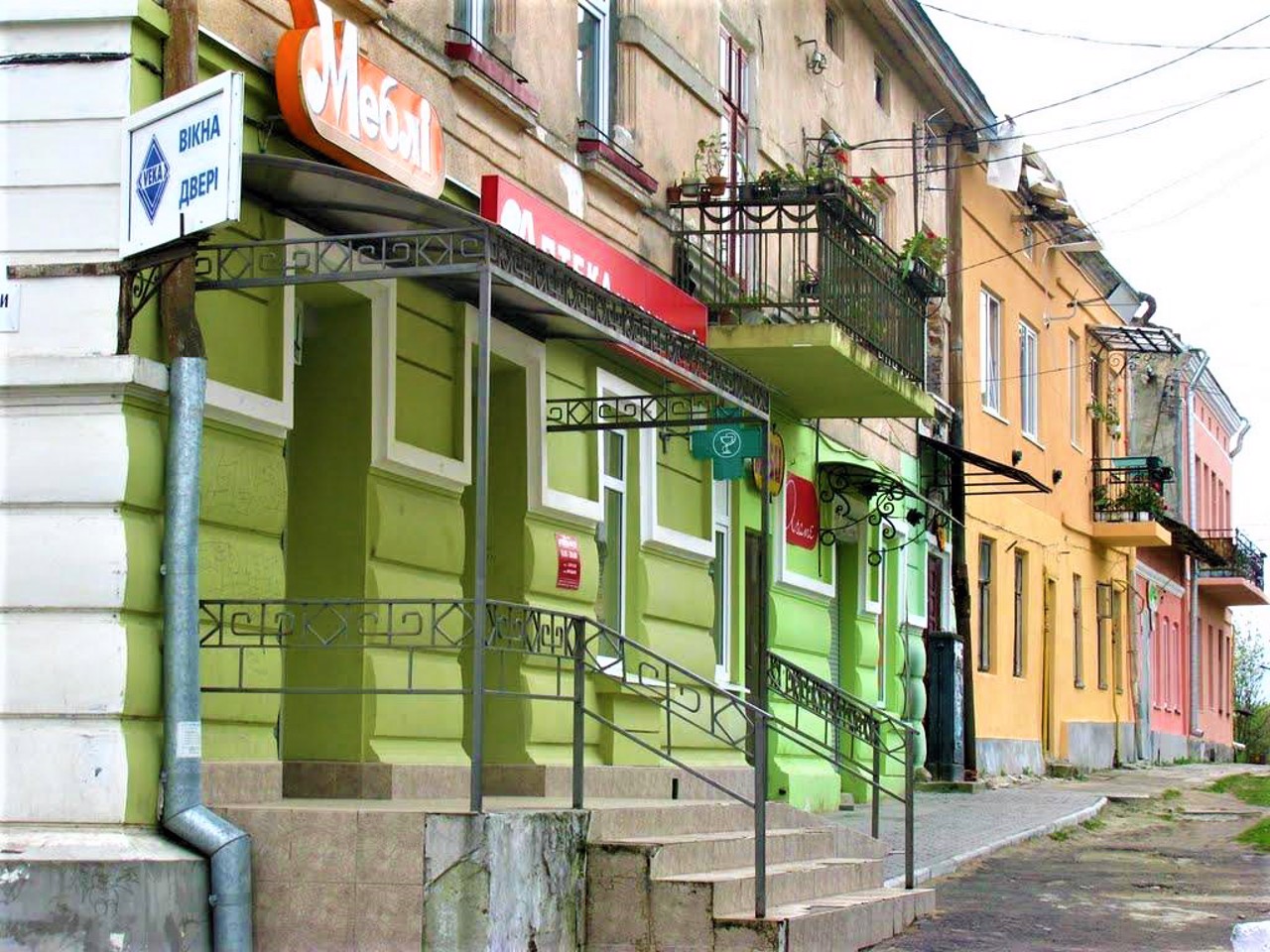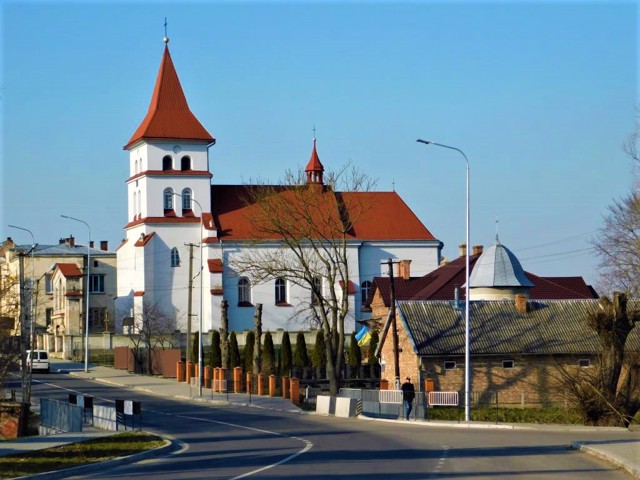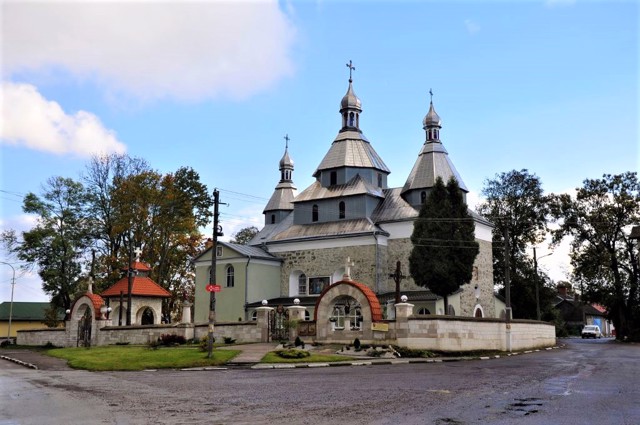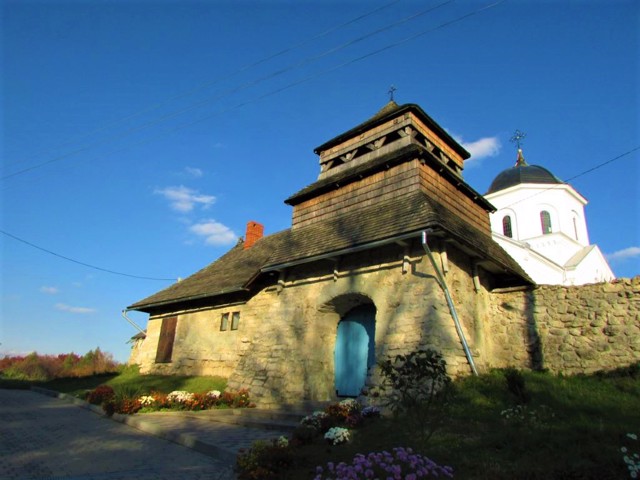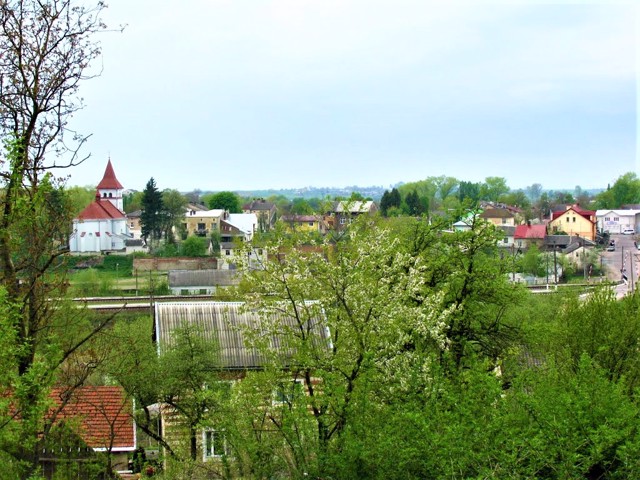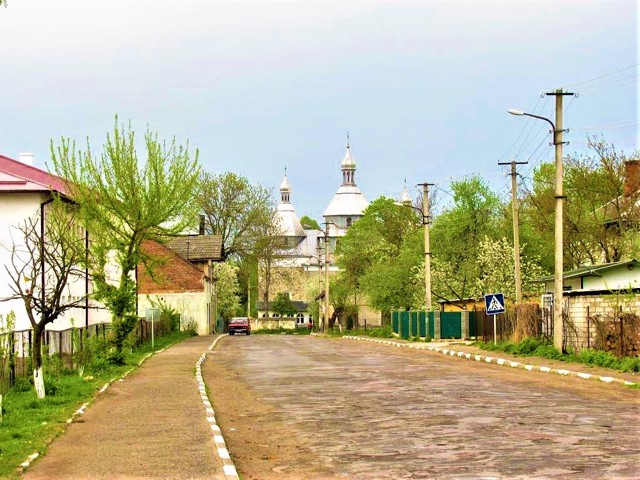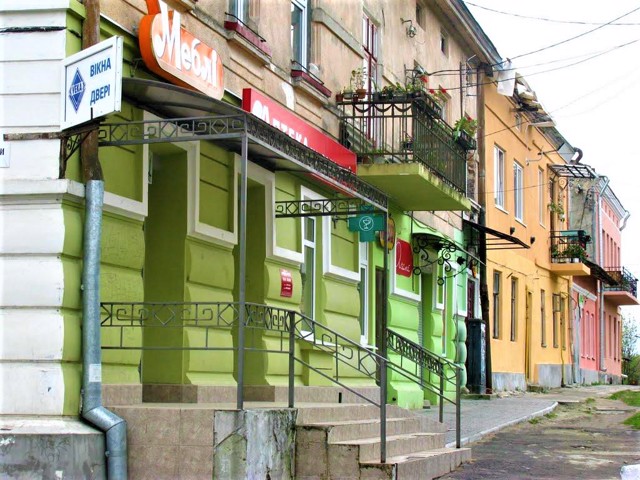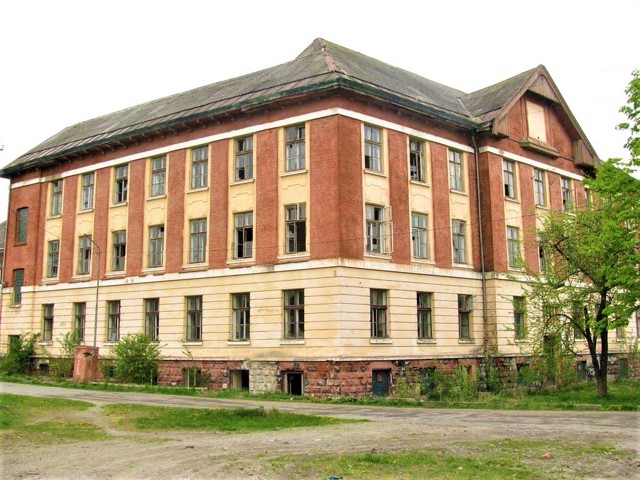Functional temporarily unavailable
General information about Shchyrets
The town Shchyrets on the Shchyrka River is located 10 km northwest of Pustomyty.
It was first mentioned in 1113 as an ancient Rus city that had a complex system of fortifications. After the Mongol-Tatar invasion, Shchyrets was revived as a Polish town, which was granted Magdeburg rights in 1397. At the same time, the church of Saint Stanislav was founded, which later was repeatedly destroyed and rebuilt anew.
In the 14th-18th centuries, Shchyrets was owned by Polish magnates - first the Tarnovskys, then the Mnisheks, Voytanovskys. Fragments of fortifications remained from the medieval castle on Golden (Church) Hill, which later became part of the architectural complex of the Church of the Nativity of t ...
The town Shchyrets on the Shchyrka River is located 10 km northwest of Pustomyty.
It was first mentioned in 1113 as an ancient Rus city that had a complex system of fortifications. After the Mongol-Tatar invasion, Shchyrets was revived as a Polish town, which was granted Magdeburg rights in 1397. At the same time, the church of Saint Stanislav was founded, which later was repeatedly destroyed and rebuilt anew.
In the 14th-18th centuries, Shchyrets was owned by Polish magnates - first the Tarnovskys, then the Mnisheks, Voytanovskys. Fragments of fortifications remained from the medieval castle on Golden (Church) Hill, which later became part of the architectural complex of the Church of the Nativity of the Holy Virgin. From the same time, the defensive Trinity Church has been preserved.
In 1772, the city, which at that time belonged to the Potocki family, became part of Austria-Hungary. In 1873, the Lviv - Stryi railway was laid through Shchyrets. At the beginning of the 19th century, the city became the property of Baron Krihshaber, whose family owned it until the end of the century.
After the Second World War, when almost the entire Jewish population was destroyed, the city was the district center for a while, then became part of another district.
Селище Щирець на річці Щирка розташоване в 10 кілометрах на північний захід від Пустомитів.
Вперше згадується в 1113 році як давньоруське місто, яке мало складну систему укріплень. Після монголо-татарської навали Щирець відродився вже як польське містечко, якому в 1397 році було надано Магдебурзьке право. Тоді ж було засновано костел Святого Станіслава, який пізніше неодноразово руйнувався і відбудовувався наново.
В XIV-XVIII століттях Щирець входив у володіння польських магнатів - спочатку Тарновських, потім Мнішеків, Войтановских. Від середньовічного замку на Золотій (Церковній) горі залишилися фрагменти фортифікацій, що увійшли пізніше в архітектурний комплекс церкви Різдва Пресвятої Богородиці. З ти ...
Селище Щирець на річці Щирка розташоване в 10 кілометрах на північний захід від Пустомитів.
Вперше згадується в 1113 році як давньоруське місто, яке мало складну систему укріплень. Після монголо-татарської навали Щирець відродився вже як польське містечко, якому в 1397 році було надано Магдебурзьке право. Тоді ж було засновано костел Святого Станіслава, який пізніше неодноразово руйнувався і відбудовувався наново.
В XIV-XVIII століттях Щирець входив у володіння польських магнатів - спочатку Тарновських, потім Мнішеків, Войтановских. Від середньовічного замку на Золотій (Церковній) горі залишилися фрагменти фортифікацій, що увійшли пізніше в архітектурний комплекс церкви Різдва Пресвятої Богородиці. З тих же часів збереглася оборонна Троїцька церква.
В 1772 році місто, що належало на той момент роду Потоцьких, увійшло до складу Австро-Угорщини. В 1873 році через Щирець було прокладено залізницю Львів - Стрий. На початку XIX століття місто перейшло у власність барона Крігсгабера, родина якого володіла ним до кінця століття.
Після Другої світової війни, коли було знищено майже все єврейське населення, місто деякий час було райцентром, потім увійшов до складу іншого району.
Сплануй своє перебування у Shchyrets
What to see and where to go in Shchyrets
Tourist attractions and museums of Shchyrets
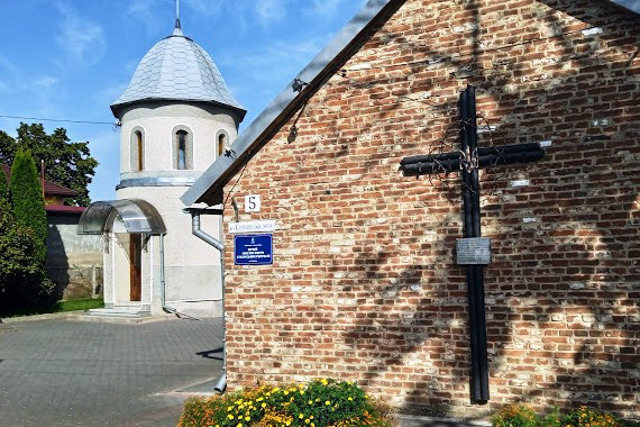
Memory of Victims of Stalinist Repressions Museum
Historic area , Temple , Museum / gallery , Monument
The Museum of Memory of Victims of Stalinist Repressions was founded in the village of Shchyrets in 2009 in the former courtyard of a Roman Catholic priest, where in June 1941, employees of the NKVD district department executed 26 innocent local residents.
The museum complex consists of several objects - a memorial stele, a chapel, a cross with a grave, a demonstration hiding place of UPA soldiers and the museum itself. Materials for the exhibition were provided by eyewitnesses of those terrible events from the surrounding villages.
The main exhibition of the Museum of Memory of Victims of Stalinist Repressions is located in the premises of a former stable, built at the end of the 19th century, in which the NKVD set up a torture chamber in 1941.
The first hall of the museum is dedicated to the innocent civilians of Shchyrets and its environs who were tortured by the Stalinist regime. Separate sections of the exhibition are dedicated to the history of the liberation movement in the region, the activities of the Ukrainian Sich Riflemen and fighters of the Ukrainian Insurgent Army - clothing (embroidery, uniforms) and objects (printing machine, guns) used by the soldiers are presented. In addition, the exhibition introduces materials about the clergy, intelligentsia and Ukrainian nationalists repressed during the Stalinist era, and also explores the life stories of local residents who were repressed to Siberia.
In the second hall, called "Ukrainian Hut", antique household items that were once used in the household are collected, images, embroidered towels and shirts, "Crimean" scarves, etc. are stored.
You can see how the soldiers of the Ukrainian Insurgent Army lived during the liberation struggle in a specially equipped hiding place. Next to the hiding place is a memorial stele to the soldiers of the OUN-UPA, erected at the expense of patrons.
The new exhibition of the museum of memory of the victims of Stalinist repressions is dedicated to the heroes of the Heavenly Hundred and the Russian-Ukrainian war. On August 29, 2024, on the Day of Remembrance of the Defenders of Ukraine who died in the struggle for the independence, sovereignty and territorial integrity of Ukraine, the Heroes' Memorial Alley was opened in the village of Shchyrets.

Holy Trinity Church
Temple , Architecture
The Church of the Holy Trinity in Shchyrets was founded in the 16th century. In the first half of the 19th century, it was rebuilt and acquired a modern appearance.
Composed of limestone, single-nave. The western facade is finished with a high pincer, decorated on the sides with decorative vases. Covered with a pitched roof, finished in the center with a signature. The undivided surfaces of the walls are enlivened by sparsely spaced semicircular window and door openings.
In Soviet times, the museum of atheism was located here.
The Trinity Church belongs to the few works of the Galician school of architecture of the 16th century.
The belfry is wooden, square in plan, three-tiered, frame construction, finished with a tent. It rests on a stone fence made of limestone from the south and east.
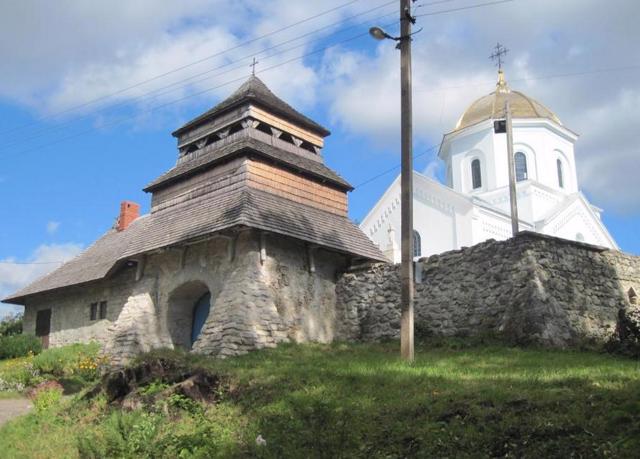
Nativity of Holy Virgin Church
Temple , Architecture
The defensive complex of the Church of the Nativity of the Holy Virgin Mary was built in the 19th century on the basis of the fortifications of Shchyrets Castle on Golden (Church) Hill.
From the 16th century, a stone and wooden belfry tower over the gate, a stone fence with loopholes and a corner defense tower have been preserved. This is one of the few preserved structures typical of Ukrainian stone architecture of the 15th and 16th centuries.
During the military operations of 1915, the Church of the Nativity of the Virgin was badly damaged - the dome was completely destroyed. It was restored in 1934 according to the project of the architect Lev Levinsky.
A monumental painting has been preserved in the interior of the temple. All buildings on Castle Hill form a single defensive-type architectural ensemble.
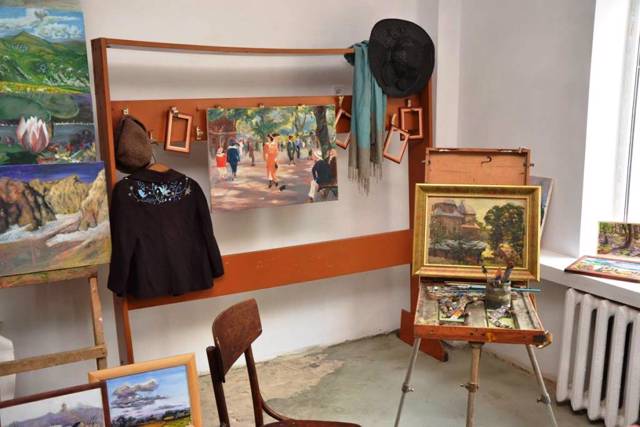
Osyp Kurylas Museum
Museum / gallery
The Museum of the outstanding Ukrainian artist Osyp Kurylas, whose creative legacy occupies an important place in the history of European modern art, opened in 2016 in the artist's homeland at the Shchyrets Lyceum named after the Hero of Ukraine Bohdan Ilkiv.
Kurylas' portraits of the leaders of the Sich riflemen and his depictions of battles have high artistic and documentary historical value, and the icons and illustrations of children's books are a vivid example of education in action.
The Museum of the Artist in Shchyrets was created thanks to the initiative of the family of public figures, local historians and long-time researchers of Osyp Kurylas's work, Stefaniya and Ihor Derevatsky, as well as their daughter Bohdana.
Osyp Kurylas was born in Shchyrets in 1870 into a large family of a local deacon and a public school teacher. Osyp's penchant for drawing was evident from childhood. In 1886, he entered the School of Arts and Crafts, and later continued his studies at the Krakow Academy of Arts, where he began his own career as an artist.
With the outbreak of World War I, Osyp Kurylas joined the Austrian army, and later transferred to the Ukrainian Sich Riflemen. During his military service, the artist created a number of paintings in which he glorified the exploits of the Sich Riflemen. He painted about two hundred portraits of his comrades and paintings.
In addition, Osyp Kurylas drew many illustrations for magazines and books. His illustrations for the collection of short stories "Maple Leaves" by Vasyl Stefanyk, who was a friend of the artist, are considered among the best. A special feature of the artist's creative work is the painting "Taras Shevchenko. I Look at the Dawn..." created by him in 1918. In his sacred works, one can see Ukrainian ethnic ornaments - his icons "The Virgin Mary" and "Jesus Christ" in embroidery are famous.
The Osyp Kurylas Museum in Shchyrets is a place for personal and thematic exhibitions, open-air exhibitions and informative lectures.
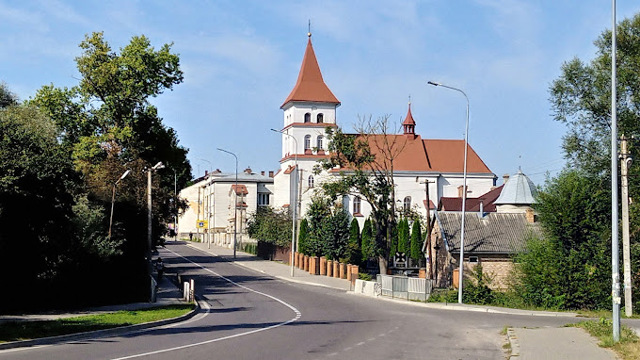
Saint Stanislav's Church
Temple , Architecture
The Church of Saint Stanislav was founded in Shchyrets in the 14th century, and was rebuilt in its present form in 1556.
The temple burned several times. The last restoration was carried out in 1916 according to the project of Voytsekh Brettner.
The temple is rectangular in plan, single-nave, with a three-tiered tower under a tent on the western facade. The entrance to the church is decorated with a finely crafted portal. Once there were two loopholes above the choirs, which testified to the defensive nature of the building. Opposite the main entrance is a two-story bell tower.
The Church of Saint Stanislav is an active church of the Lviv Archdiocese of the Roman Catholic Church in Ukraine.
Reviews Shchyrets
Geographical information about Shchyrets
| {{itemKey}} | {{itemValue}} |
|---|---|
| Region |
Lviv |
